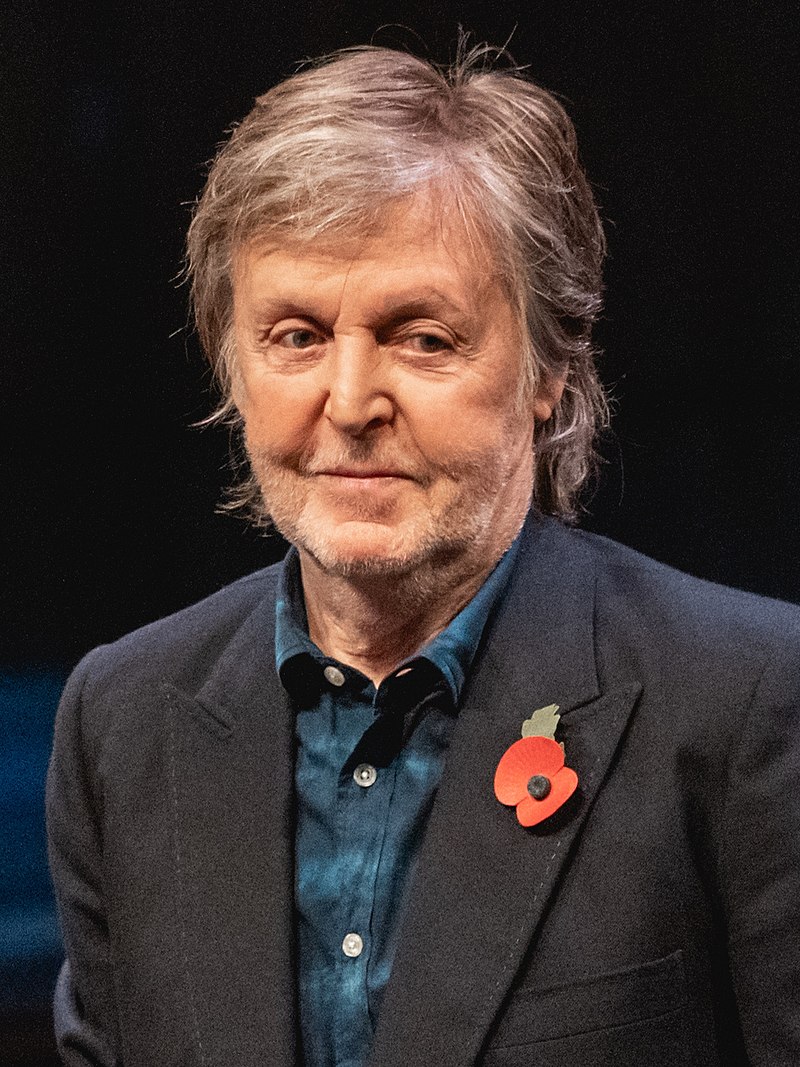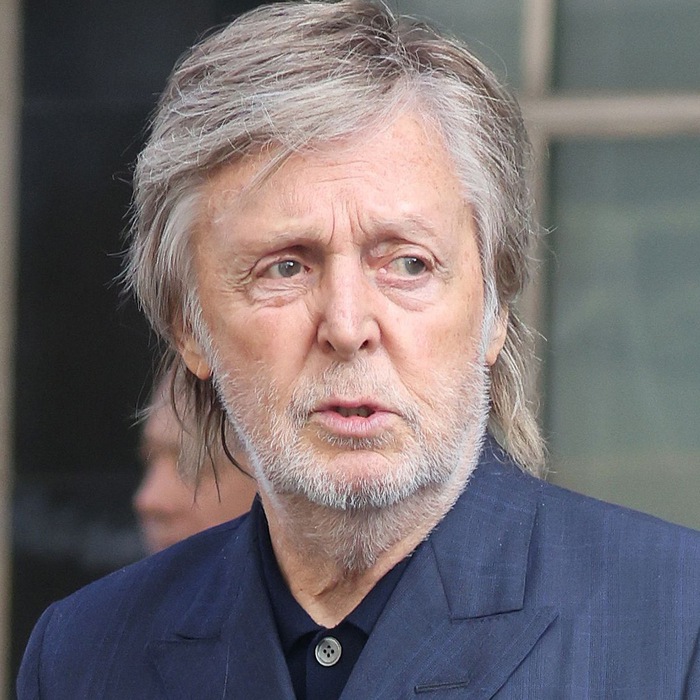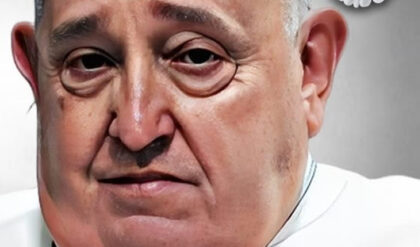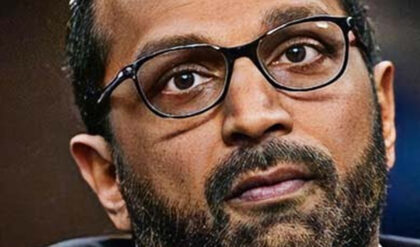Paul McCartney is a name synonymous with music history, celebrated as a Beatle, a songwriter, and a cultural icon. However, even legends have stories they prefer to keep private. Recently, revelations from his ex-wife have painted a more complex portrait of the man behind the music—touching on issues of control, addiction, and jealousy. These insights, far from tarnishing his legacy, humanize the superstar whose life has been as extraordinary as his music.
Paul McCartney was born on June 18, 1942, in Liverpool, England. His parents, Mary and Jim McCartney, profoundly influenced his early years. Mary worked as a nurse, while Jim sold cotton and played the trumpet and piano in local jazz bands. Their home was filled with music, and young Paul developed a fascination for it, inspired by his father’s jazz records and rock and roll stars like Little Richard and Buddy Holly. Music became Paul’s escape, particularly after the tragic loss of his mother to breast cancer when he was just 14. This devastating event inspired some of his most iconic songs, including “Yesterday” and “Let It Be.”
In 1954, Paul met George Harrison on a school bus, and the two became fast friends, bonding over their shared love of music. This friendship laid the groundwork for what would become one of the greatest bands in history. A pivotal moment came in 1957 when Paul met John Lennon at a church fete. Lennon’s band, The Quarrymen, was performing, and Paul’s impromptu performance of “Twenty Flight Rock” impressed Lennon enough to invite him to join the group. The addition of Paul brought new energy and creativity, and the band evolved into The Beatles by 1960.

The Beatles honed their craft performing in clubs in Liverpool and Hamburg, Germany, enduring grueling schedules that strengthened their bond and refined their sound. Their big break came in 1962 when they signed with EMI Records. Their debut single, “Love Me Do,” reached number 17 on the charts, and subsequent hits like “Please Please Me” and “She Loves You” catapulted them to international fame. In February 1964, The Beatles appeared on The Ed Sullivan Show, captivating over 73 million viewers and igniting Beatlemania in the United States.
As their fame grew, so did their ambition. Albums like Rubber Soul and Sgt. Pepper’s Lonely Hearts Club Band showcased their willingness to experiment and push musical boundaries. However, the pressures of fame and creative differences began to take a toll. By 1968, tensions within the band were palpable. John Lennon’s partnership with Yoko Ono, George Harrison’s frustration over his contributions being sidelined, and Ringo Starr’s temporary departure all signaled the cracks in their unity. Despite these challenges, they produced masterpieces like The White Album and Abbey Road before officially disbanding in 1970.
Paul’s personal life also underwent significant changes during this period. In 1967, he met Linda Eastman, an American photographer, at a nightclub in London. Their connection was immediate but fleeting, as Linda returned to the United States shortly after. A year later, they reconnected in New York City following the end of Paul’s engagement to actress Jane Asher. Their relationship quickly deepened, and in 1969, Paul and Linda married in a modest ceremony at Marylebone Town Hall in London.

Linda became a cornerstone of Paul’s life during the tumultuous post-Beatles years. She provided emotional support as he navigated the band’s breakup and encouraged his solo career. Together, they formed the band Wings in 1971, blending their personal and professional lives. Though Linda had little prior musical experience, she embraced her role in the band, which produced hits like “Band on the Run” and “Live and Let Die.”
Beyond music, Paul and Linda shared a passion for family and animal rights. They raised their children, Mary, Stella, and James, in a nurturing environment that balanced their public and private lives. Linda became an outspoken advocate for vegetarianism, launching a successful vegetarian food brand that reflected their values.
However, Linda’s diagnosis with breast cancer brought profound challenges. Despite their efforts to fight the disease, Linda passed away in 1998, leaving Paul devastated. Her loss marked one of the darkest periods in his life, yet he continued to honor her memory through his activism and music.
:max_bytes(150000):strip_icc():focal(749x0:751x2)/paul-mccartney-2-7d521e6a51b2419bb98826457631345e.jpg)
In recent years, Paul’s former wife Heather Mills has spoken publicly about their tumultuous relationship. Her accounts of control, jealousy, and struggles with addiction paint a more nuanced picture of the music icon. While these revelations sparked controversy, they also shed light on the complexities of fame and the human vulnerabilities that even legends face.
Today, Paul McCartney’s legacy remains intact as one of the most influential musicians in history. His contributions to music, culture, and social causes have left an indelible mark on the world. Despite personal and professional challenges, his story continues to inspire generations, proving that even the most extraordinary lives are shaped by moments of triumph and struggle.
https://www.youtube.com/watch?v=9nC0qm9T6Hk





